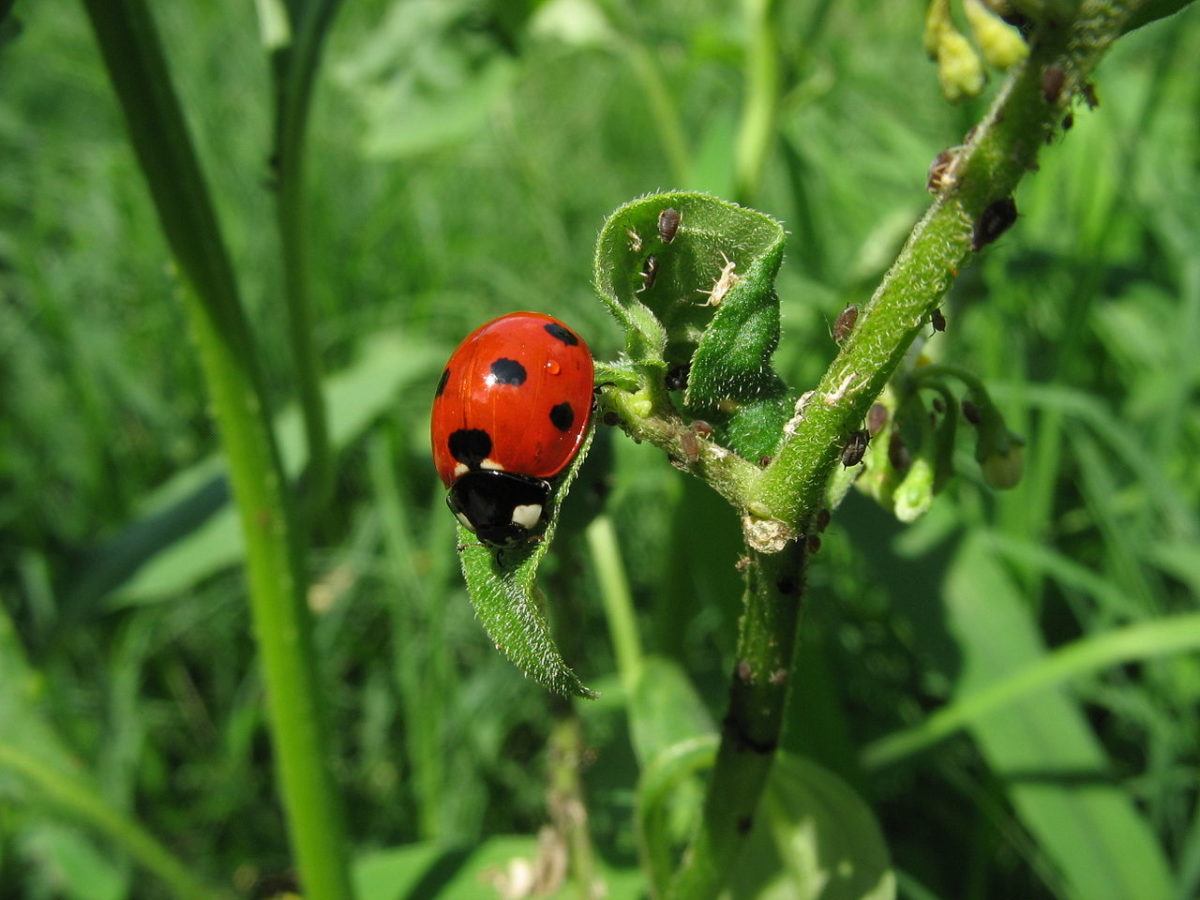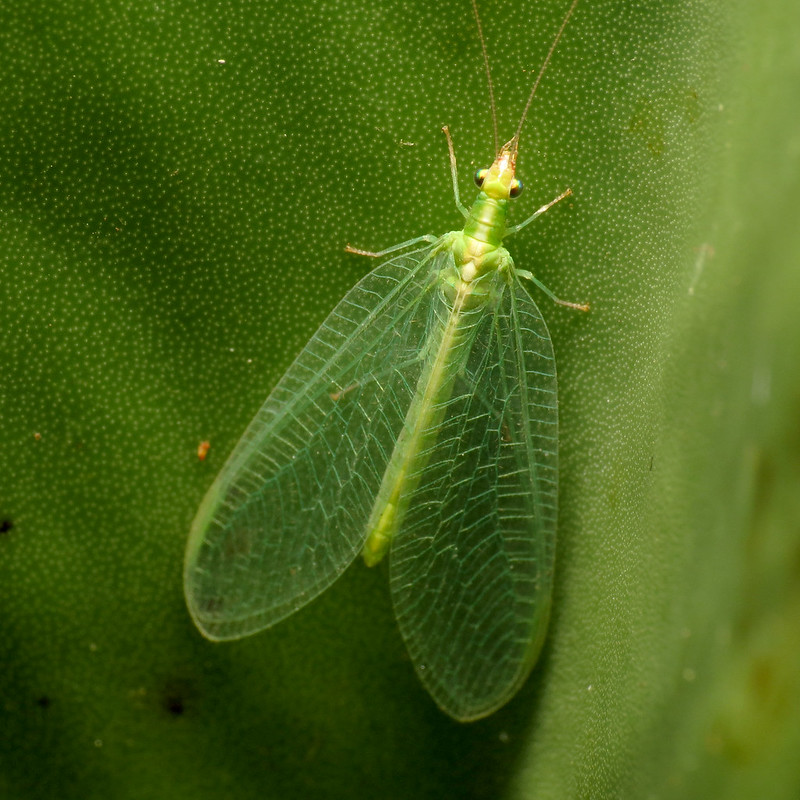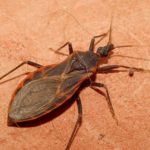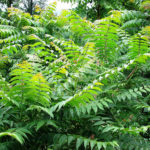
Bugs are high on the “fear factor” list. Spiders. Eeek. Cockroaches. Ick. It goes on and on. There are more than a million species of insects in the world, but less than 1% are harmful. Some bugs are good to have around, and if you can get past your phobias, you’ll be more comfortable with them.
Insects do what their instincts guide them to do. We consider them “good” or “bad”, depending on whether they benefit us. If an insect eats our food, it may be considered bad. But if an insect helps us, by making food, eating bad bugs, or by recycling nutrients from feces, dead animals, and plants, we think of it as good. Using this definition, most insects are helpful! Here are just a few of the most beneficial bugs in Kansas City.
Bees

The most important insect on the planet, bees (honeybees in particular) are essential to a healthy environment and Earth’s survival. Without them, worldwide food production would look very different. It’s all about the pollen, says horticulture specialist Dr. Tamra Reall with the University of Missouri Extension office in Jackson County.
“When bees visit flowers to drink nectar, they get covered in pollen. By visiting many different flowers, the flowers are fertilized with this pollen mixture. Pollinated plants are then able to produce foods we like to eat.” Pollinated crops include vegetables, fruits, seeds, and nuts. Beyond that, Reall says honey bees also benefit us by making honey with the nectar they collect.
Wasps
Despite their aggressive reputation, wasps are an important part of our ecosystem. Reall points out many larger wasps eat destructive caterpillars. Ranging in size from 1 millimeter to almost 3 inches, parasitic wasps lay eggs within host insects, such as aphids, scale, tomato hornworm, corn earworm armyworms, and tent caterpillars. Wasps can be a Kansas City gardener’s best friend, and some species are also pollinators.
Green Lacewings

Maybe you haven’t noticed this bug, but green lacewings are quite beneficial. This small green insect with clear wings has a voracious appetite for whiteflies and aphids, which are particularly destructive to greenery. They help control other bugs as well by feeding on mites, caterpillars, leafhoppers and mealybugs. Some species of aphids inject a toxin into the plant as they feed on it, causing the leaves to curl and to stunt growth.
Beetles
Ladybugs, a type of beetle, are among the most beneficial of the species. Dr. Reall says, “Ladybugs, both as larvae and adults, are ravenous aphid eaters. A single ladybug can eat 50 aphids per day.” She says carrion beetles, also known as burying beetles, are also beneficial since they bury dead animals. These insects work together to excavate soil from underneath a dead animal, thus burying it. This helps recycle nutrients and reduces a health threat by removing carcasses that disease-carrying flies feed on. Unfortunately, a closely related species, the American burying beetle, is nearing extinction and are on the U.S. endangered species list.
Attracting Beneficial Bugs
You can make your yard more attractive to these beneficial bugs by growing flowers and plants they prefer. It doesn’t matter if you live on an acreage or in an apartment. You can plant them in a patch or in a window box.
Pollen and nectar-rich flowers are a win all around. Ladybugs are highly attracted to them, as are bees and wasps. Marigolds and bachelor’s buttons are inexpensive and draw in these insects. These nectar-rich flowers only live for one season, but they re-seed in the garden every year.
Pansies, peonies, and lavender are also great choices. Bees love these flowers for their nectar, and humans love the scent and color. They also repel mosquitoes. If you’re looking to bring green lacewings to your yard, goldenrod, Queen Anne’s lace, and marguerite daisies will do the trick. These insects need a variety of plants to be most effective at hunting and to provide them shelter.
Instead of being creeped out by insects, learn to appreciate them for what they do. And avoid using pesticides when trying to attract beneficial bugs to your yard or garden! If the good bugs aren’t getting rid of the bad bugs, check out a pest control professional who practices eco-friendly methods.
Main image credit: Grayson Orlando, CC by SA 3.0.





